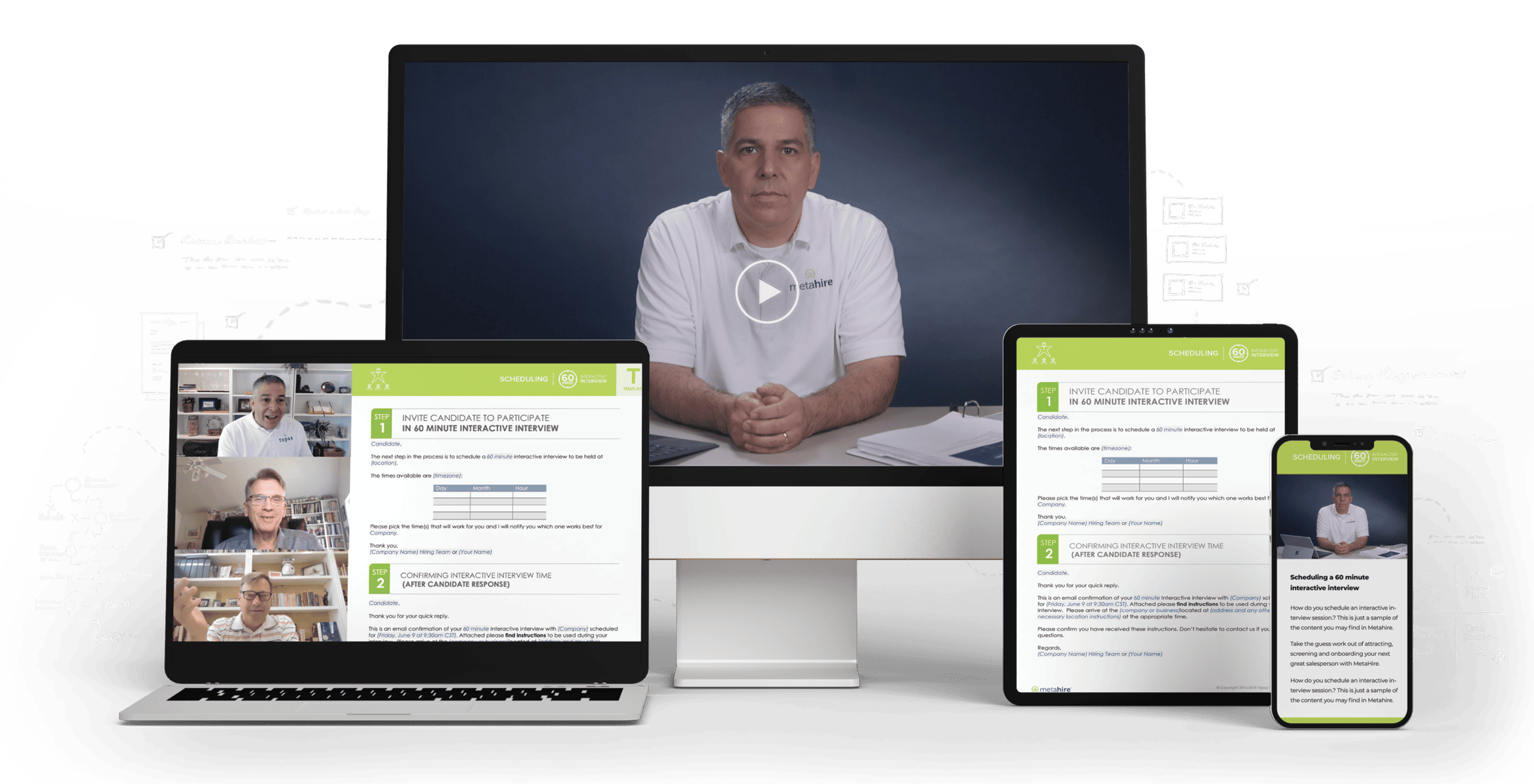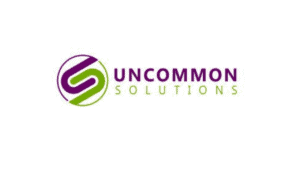Traditional prospecting methods often fail to cut through today’s hyper-competitive business landscape. As decision-makers become increasingly inundated with generic sales pitches, standing out from the crowd demands creative, personalized, and disruptive strategies. In this article, we’ll explore three disruptive prospecting strategies that work: the “Value-First Webinar,” the “Value Bomb Drop,” and “Social Media Stealth Mode.” Each innovative approach reimagines the prospecting process, focusing on delivering tailored value to potential clients uniquely and engagingly.
Delve into the details of each method, visualize their implementation with hypothetical case studies, and learn practical advice on how to employ these strategies in your sales process.
Value-First Webinar – Focused on Providing Direct Value
This approach allows you to reach your potential customers directly and establishes your brand as a helpful and trustworthy expert in the field.
Identify a common pain point or challenge: In the industry your target customers are operating, identify a key issue or challenge they are likely struggling with. The case should be something your product or service can help resolve.
Develop an informative and engaging webinar: Based on the identified pain point, create a free webinar to provide solutions and equip the participants with possible strategies to overcome the challenge. The webinar should offer genuine value rather than a thinly veiled sales pitch. You could include expert speakers, case studies, and Q&A sessions. Make sure to avoid the most common webinar mistakes outlined here.

Promotion and invitation: Use various channels such as social media, emails, blog posts, and industry forums to promote your webinar. You can also directly invite potential prospects you’ve identified. Make sure to highlight the benefits they’ll receive from participating, emphasizing the problem-solving aspect of the webinar.
Follow-up: Follow up with the participants through personalized emails or calls after the webinar. Ask for their feedback, address any further queries they may have, and gauge their interest in your product or service. Use the rapport built during the webinar to transition into a sales conversation smoothly.
Nurture: Not all prospects will be ready to convert immediately. Maintain a regular connection by providing additional value through informative content, newsletters, or invitations to future webinars.
Value-First Sample Scenario
Company: MoneyWise is a financial services company specializing in wealth management and investment strategies for small businesses.
Objective: To attract new clients, specifically small business owners looking to optimize their financial strategies and grow their wealth.
Identify a common pain point or challenge: Through market research and previous client interactions, MoneyWise identifies that many small business owners struggle with creating compelling investment strategies for business growth.
Develop an informative and engaging webinar: MoneyWise decided to create a free webinar titled “Investment Strategies for Small Business Owners: Grow Your Business with Confidence.” The webinar is designed to provide solutions and educate participants about various investment strategies and how they can contribute to business growth. It includes expert speakers from the industry, real-life case studies of successful businesses, and a Q&A session.
Promotion and invitation: MoneyWise promotes the webinar on their social media channels, sends invites to their email list, and posts in small business groups on LinkedIn. They also send personalized invites to potential prospects they’ve identified. They highlight the benefits of attending the webinar, focusing on the direct, applicable investment strategies attendees can learn.
Follow-up: After the webinar, MoneyWise sends a follow-up email to all participants, thanking them for their time, providing a link to the webinar recording, and offering additional resources on investment strategies. They invite feedback and encourage questions. For individuals who showed high interest during the webinar, MoneyWise schedules a personalized follow-up call to discuss their investment needs further.
Nurture: MoneyWise connects with the participants by sending monthly newsletters featuring investment tips for small businesses and invitations to future webinars and events.
Result: The “Value-First Webinar” not only helps MoneyWise to attract potential clients, but it also positions them as a trusted authority in their field. Their follow-ups and nurturing efforts significantly increase inquiries about their services, leading to growth in their client base.
The Value Bomb Drop – A Unique and Disruptive Prospecting Strategy
Please note this strategy can require a significant investment of time and resources for each prospect. Still, it can be very effective for high-value clients where a single conversion could make a major impact.
Create High-impact, Personalized Value Propositions: Develop a detailed and well-researched value proposition tailored to each prospect. This should not be a generic sales pitch but demonstrate a deep understanding of their business, industry, and challenges.
Craft a Disruptive, Attention-Grabbing Medium: A simple email may not cut it with this strategy. You could create an engaging video, an interactive webpage, or even a physical package to deliver your value proposition. This should be professionally produced and be so compelling that it virtually guarantees their attention.
Drop the Value Bomb: This delivers your unique proposition. Depending on what you’ve created, this could be sending them a link to a video, mailing them a physical package, or meeting them in person to hand it over.
Ensure Follow-Up: Timing is critical. Follow up within a day or two of dropping the “value bomb.” This could be a phone call or an email to gauge their reaction and discuss your proposition further.
Refine and Repeat: Based on the feedback, refine your value proposition and how you present it. Over time, you’ll become more effective at immediately grabbing attention and delivering value.

Value Bomb Sample Scenario
Salesperson: Alex, an energetic sales rep for TurboTech, a company that offers a unique suite of software solutions designed to optimize the performance of automotive manufacturing operations.
Prospect: Jacob, the Chief Operating Officer of a medium-sized auto parts manufacturing company, who’s known for his love of cars and gadgets.
High Impact, Personalized Value Proposition: after thorough research about Jacob’s company, Alex identified areas in the manufacturing process where TurboTech’s software could offer significant improvements. He also discovered, through Jacob’s social media, his love for RC cars.
Craft a Disruptive, Attention-Grabbing Medium: Alex decided to send Jacob an intricate, high-quality RC car model (okay, maybe these are a little outrageous). However, he intentionally left out a few key components, making the car unable to run.
Drop the Value Bomb: Alex sent the RC car model to Jacob with a personalized note. The note said, “Just like this RC car can’t reach its full potential without all its parts, I believe your manufacturing process may also be missing some key components to reach peak efficiency. Let’s meet, and I’ll send the missing parts to make your RC car run at its full capacity, just as TurboTech can do for your business.”
Follow-Up: Alex waited a few days after delivery was confirmed, then contacted Jacob via a phone call. He asked if Jacob received the package and used this as a conversation starter to discuss TurboTech’s offerings further.
Refine and Repeat: Based on the response from Jacob, Alex was prepared to refine his approach for future prospects, tailoring his “value bomb” to their specific interests and potential areas of improvement in their business processes.
Result: The unique and personalized approach intrigued Jacob, and he agreed to a meeting with Alex. The conversation led to a demonstration of TurboTech’s software and eventually a closed deal. Alex’s “value bomb” strategy successfully captured the prospect’s attention and translated that into a business opportunity. This method also showcased Alex’s commitment to understanding the prospect’s business and offering tailored valuable solutions.
Social Media Stealth Mode – A Nurture Strategy with a Twist
This strategy leverages the power of social media and content marketing to build relationships and offer value before moving into a sales conversation, making it less disruptive and more welcoming. However, it does require a significant investment in content creation and active social media engagement.
Identify your Prospects: Use platforms like LinkedIn, Twitter, or industry-specific social networks to identify key individuals in the companies you want to prospect. These could be decision-makers, influencers, or even individuals who might be experiencing the problem your product or service solves.
Become a Social Listener: Don’t rush in to sell. Instead, spend time observing their activity. Understand their interests, their pain points, the kind of content they interact with, who they engage with, etc.
Engage subtly: Start by liking their posts, commenting constructively on their content, or sharing their content with insightful captions. This will put you on their radar but in a non-sales way.
Offer value: Gradually respond to their posts or comments with valuable insights, resources, or advice. You could also post content (like blogs, infographics, etc.) that addresses their pain points and subtly highlights your product/service as a solution. Ensure this content is high quality and offers genuine value rather than being a sales pitch.
Personalized Outreach: Once you’ve established a certain level of rapport, you can reach out to them directly. This could be via a direct message or an email where you refer to your interactions on social media and the insights you’ve gleaned about their challenges. Then present your offering and how it could help.

Social Media Stealth Mode Sample Scenario
Company: EziFlow is a startup offering AI-powered project management software that helps teams work more efficiently.
Objective: To attract new clients, specifically mid to large-sized tech companies with complex project management needs.
Identify your Prospects: EziFlow identified prospects by joining LinkedIn groups related to project management, tech, and AI and following relevant hashtags on Twitter and LinkedIn. They also looked at the followers of their competitors.
Become a Social Listener: The EziFlow team spent weeks observing the prospects’ activity. They paid attention to complaints about current project management systems, discussions about team efficiency, and interest in AI technologies.
Engage subtly: EziFlow started engaging by liking posts and leaving insightful comments on discussions around project management challenges. They also shared interesting articles and resources on project management, team collaboration, and AI innovations in their field.
Offer value: Over time, EziFlow started posting its high-quality content. They shared blog posts tackling common project management issues, case studies showcasing how AI can enhance project efficiency and tips for team collaboration. All their content was carefully crafted to subtly hint at how their product could help.
Personalized Outreach: EziFlow started reaching out to individuals interested in their content after a couple of months of engagement and providing value. They mentioned their shared interests, referred to discussions they had participated in, and presented EziFlow’s solution in the context of the challenges they knew the prospect was facing.
Results: Due to their low-pressure social media strategy, EziFlow saw a 25% increase in leads and a 15% increase in conversions. They successfully turned many of the relationships built on social media into sales conversations and then into paying customers. The strategy also positively impacted their brand reputation, with their social media profiles gaining more followers and their content receiving higher engagement rates.
Get Disruptive
Personalization and value delivery are vital to attracting customers in a crowded and loud prospecting landscape. Businesses must move beyond traditional prospecting methods toward more disruptive prospecting strategies that work. Through unique strategies like the ‘Value-First Webinar,’ the ‘Value Bomb Drop,’ and ‘Social Media Stealth Mode,’ companies can effectively capture the attention of potential clients and position themselves as genuine problem solvers. As illustrated in the case studies, these methods require an intimate understanding of the prospect’s needs, a creative approach to engagement, and a consistent follow-up and nurturing process.
By incorporating these strategies into your sales process, you’re not just prospecting for immediate sales but building valuable relationships that could yield significant returns in the long run. So, let’s break away from the conventional, dare to disrupt, and open new pathways to success in our prospecting efforts.







